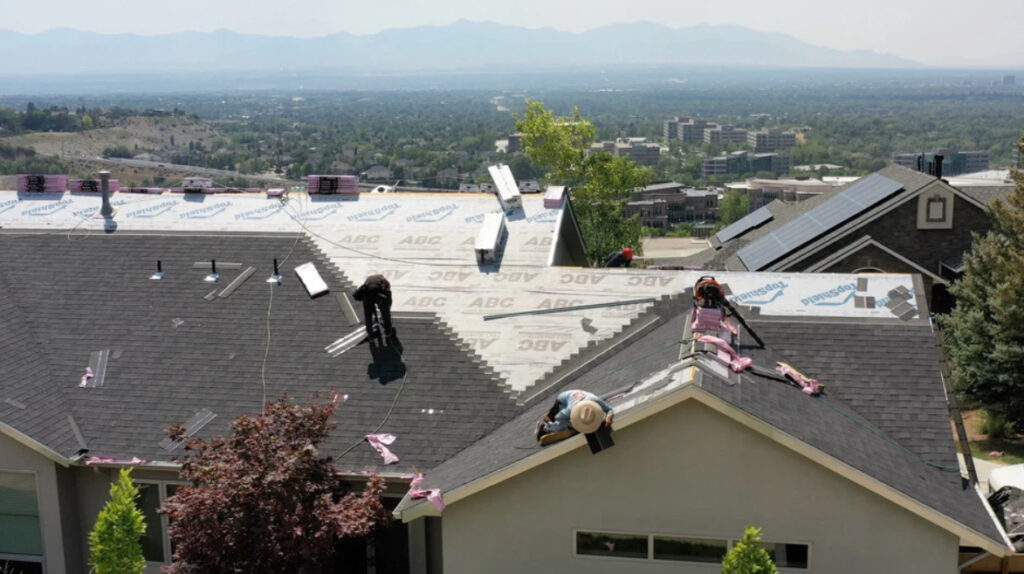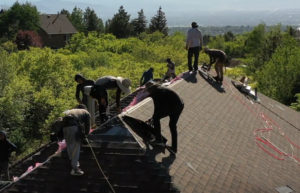
The roof is one of the most important parts of any building structure, providing protection from the elements and keeping the interior comfortable and dry. While it may seem like a simple flat surface, roofs are actually made up of several layers that work together to create a strong, durable, and weather-resistant structure.
Let’s take a closer look at the different layers of a typical roof:
- Decking or Sheathing: The decking or sheathing is the base layer of the roof and is typically made from plywood or oriented strand board (OSB). This layer is attached to the rafters and serves as the foundation for the other layers of the roof.
- Underlayment: The underlayment is a layer of material that is installed over the decking or sheathing and serves as an additional barrier against moisture. It is typically made from felt or synthetic materials such as fiberglass or polyester.
- Roofing Material: The roofing material is the outermost layer of the roof and is responsible for protecting the underlying layers from the elements. There are several different types of roofing materials available, including asphalt shingles, metal panels, clay or concrete tiles, and even thatch.
- Flashing: Flashing is a layer of metal or other material that is installed around the edges and other vulnerable areas of the roof, such as chimneys or skylights. This layer helps to prevent water from seeping into the roof through gaps or cracks.
- Ridge Cap: The ridge cap is the final layer of the roof and is installed along the peak of the roof. It is typically made from the same material as the roofing material and serves as a protective barrier against wind and water.
Each layer of the roof plays an important role in protecting the building structure and keeping the interior comfortable and dry. It is important to choose high-quality materials and work with experienced roofing professionals to ensure that your roof is properly installed and maintained for optimal performance and longevity.


Leave a Reply
You must be logged in to post a comment.